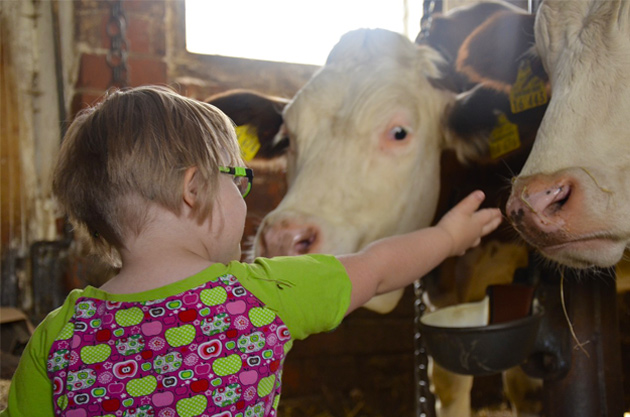Join us on November 12 at 7:00 p.m. EDT / 6:00 p.m. CDT / 5:00 p.m. MDT / 4:00 p.m. PDT for a Biosecurity and Zoonotic Disease Prevention conversation, with Jeff Bender DVM, MS, DACVPM.
Recent outbreaks associated with animal exhibitions highlight a need to review biosecurity practices to keep exhibitors and the public safe. This session will identify the major risks to patrons, risk to the animals, and consider strategies to reduce these risks. Included will be a review of biosecurity educational resources.
This meeting is a collaboration with the University of Arizona Extension and the Healthy Farms Healthy Agriculture (HFHA) Project at the University of Vermont.
Visit the HFHA YouTube channel for recordings of the October 2020 Youth Biosecurity Education Series - https://www.youtube.com/channe...U_rL9dlU4y4AQ-WXIXCQ
And visit the HFHA website for livestock and poultry biosecurity information, training opportunities and more - https://healthyagriculture.org


Comments (1)